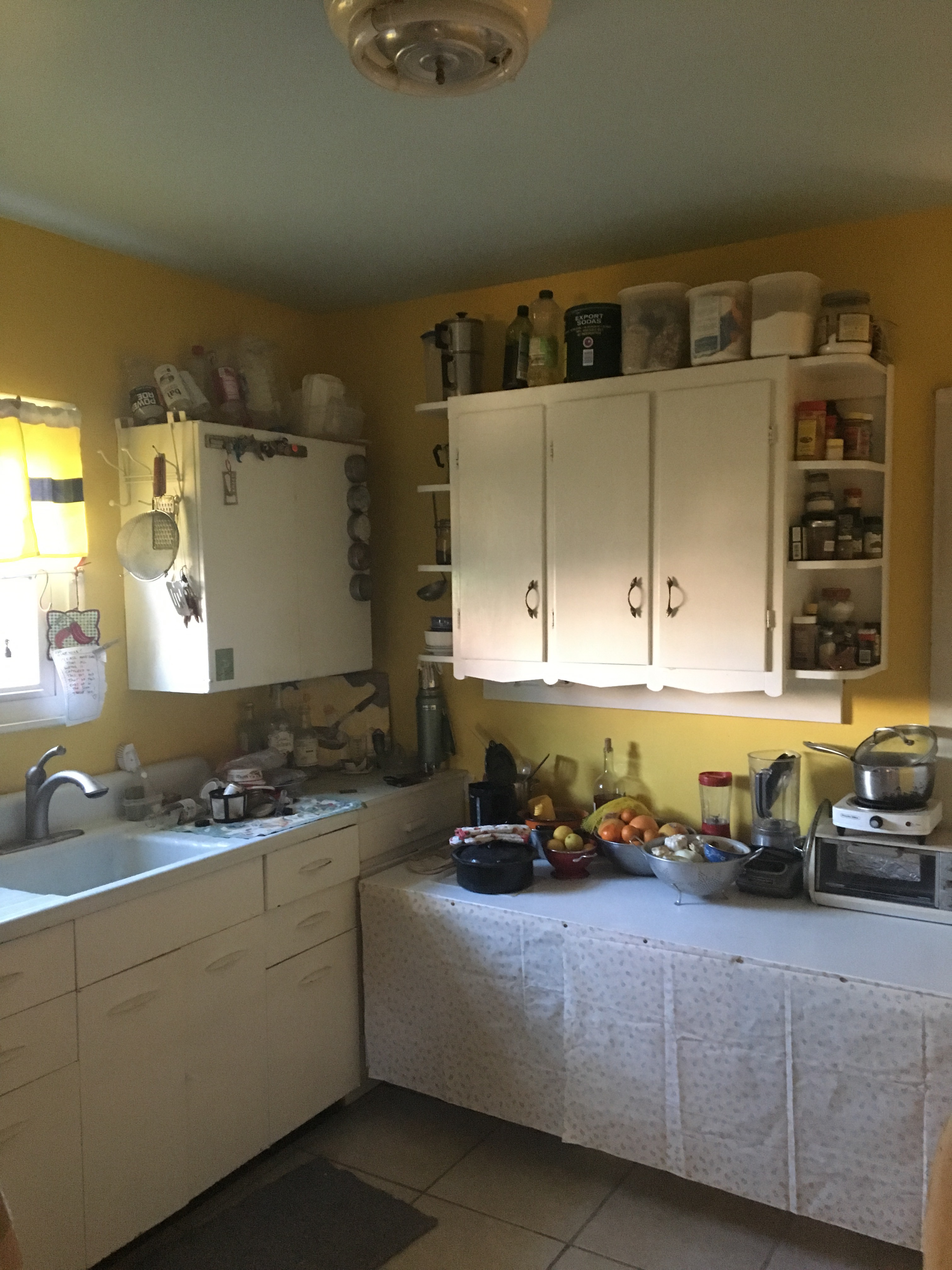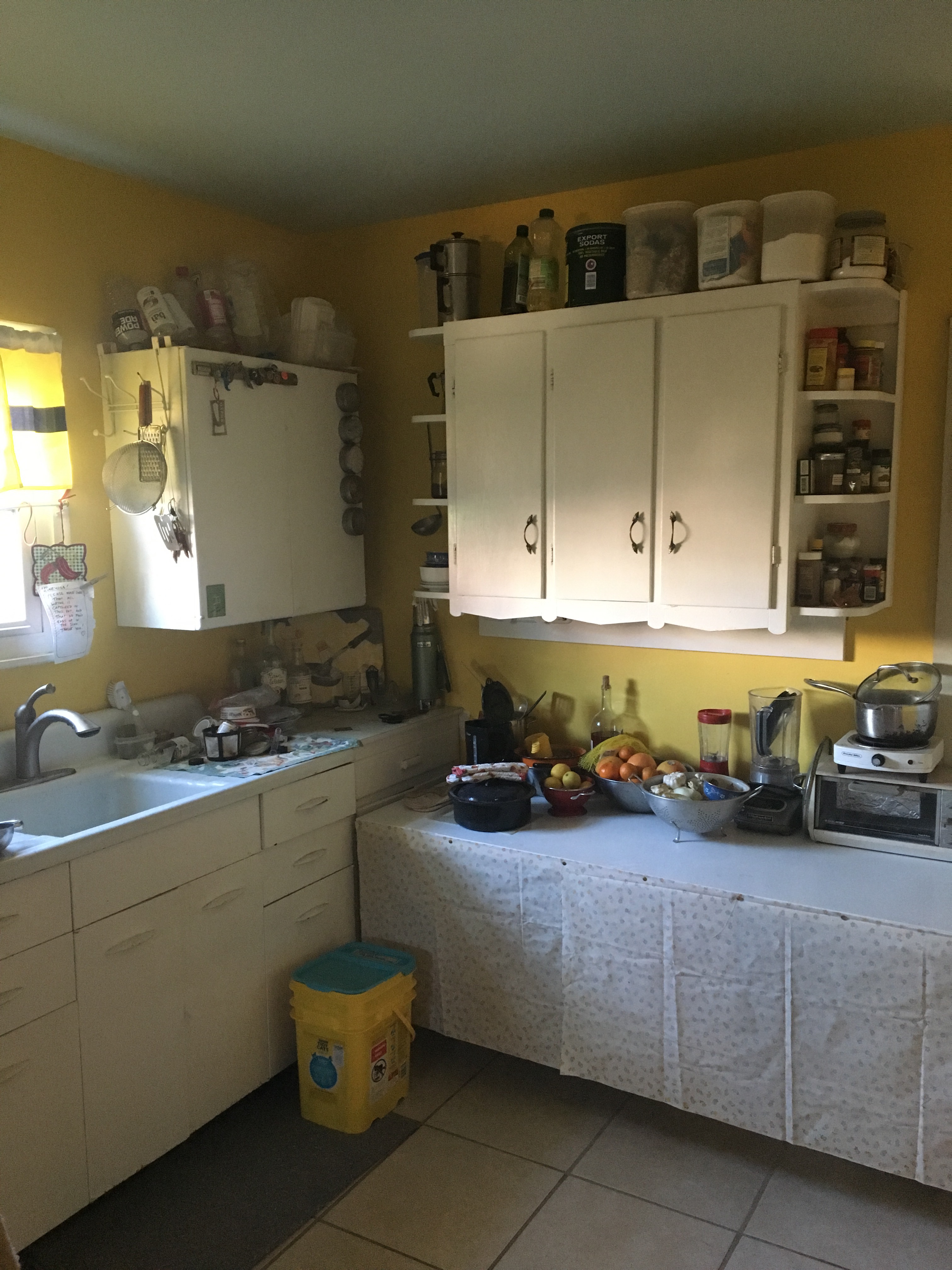There are many different ways to deal with naysayers. You can let them have their say, and then offer your viewpoint and leave it at that. Sometimes you can avoid them entirely, but that isn’t always the case. Oftentimes just ignoring them and getting on with your work is your best bet.
Sometimes the naysayer is your very own self, impeding the good works of others; there are ways to deal with that also and I’ll get to that in a bit.
Avoidance: With this blog and my book, I avoid naysayers simply by not having them as the target audience. This blog is designed to provide resources to people who believe we are in an ecological emergency, and believe in the power of personal action to make a difference. It doesn’t set out to provoke or convince people who don’t share that belief.
Ignore, or Speak Up: On social media, I most often just ignore people who think that some effort I’m involved in is stupid, naive, not enough, or whatever. There are simply not enough hours in the day. But sometimes I will speak up to share an alternative viewpoint. I try to just do this once and then back off, rather than engage in multiple go-rounds in an effort to persuade someone or have the last word.
When the Naysayer is Me: Sometimes I’ve gotten involved with some well-intentioned project, and realized I didn’t agree with the direction it was taking, or the methods being used. In a couple of those cases, when I realized I was the fly in the ointment, I gently withdrew my participation and got out of the way. The projects ended up being successful. And the groups didn’t have to contend with the friction of having a lukewarm or outright rebellious member in their midst. I was happy to end up being a naysayer who turned out to be wrong.
I have more to share on this subject but will leave you with this for now.
Can you think of any situations in your life where any of the above might apply?



